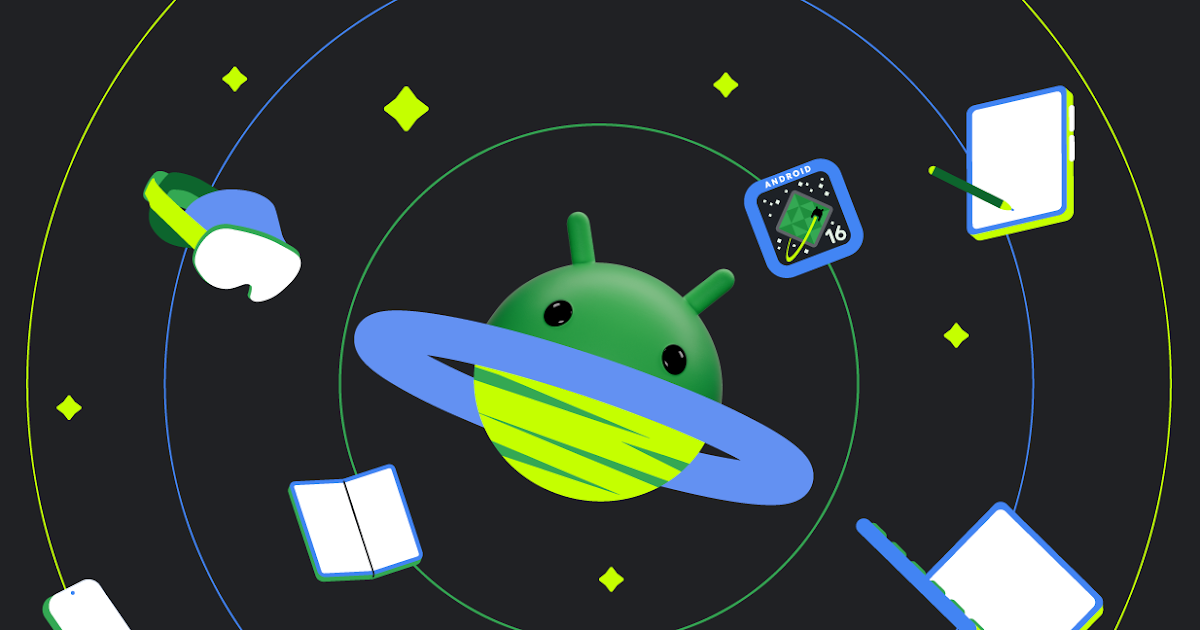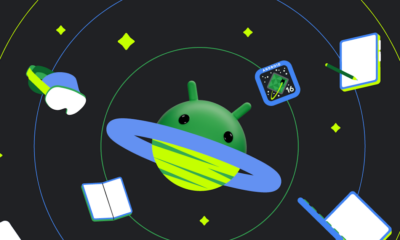Google Chrome disables uBlock origin, Gboard adds font switcher, and Pixel Camera 9.6 update brings new features

In recent updates across Google’s ecosystem, significant changes have been introduced to Chrome, Gboard, and the Pixel Camera app. These updates bring both improvements and challenges for users, from ad-blocking disruptions to new customization options and exciting photography tools.
Chrome Disables uBlock Origin: Manifest V3 Changes
One of the major developments comes from Chrome’s shift to a new extension framework, called Manifest V3. This change has led to the automatic disabling of the popular ad-blocker uBlock Origin for many users. According to reports, users trying to use uBlock Origin now receive an error message saying the extension is “no longer supported.”
The root of the issue is Chrome’s transition to Manifest V3, which introduces stricter rules on how extensions can operate. uBlock Origin, which relied heavily on the flexibility of Manifest V2, now struggles to run as smoothly under the new rules. As a workaround, the developer behind uBlock Origin suggests using uBlock Origin Lite, a version that was created specifically for the new Manifest V3 environment. However, the Lite version is less effective at blocking ads and other unwanted content due to limitations in the new platform.
Manifest V3 requires that ad-blockers use a more restrictive system, known as Declarative Net Request (DNR), which limits how filters are applied. Because of this, uBlock Origin Lite can’t fully replicate the functionality of the original version. Many users may experience more ads getting through, especially on websites that actively block content filtering.
Google has noted that more than 93% of Chrome extensions in the Chrome Web Store have already moved to Manifest V3, and it plans to completely phase out support for Manifest V2 by 2025. This means that many other ad-blocking or content-filtering extensions could face similar challenges shortly.
Gboard Beta Adds Limited Font Switcher
In another update, Google has added a small but notable feature to its Gboard keyboard app for Android devices. The latest beta version of Gboard (14.7) introduces a font switcher, allowing users to choose between two font styles: the “Gboard default,” which is Google Sans Text, and the “System default,” which on Pixel devices remains Roboto.
The font switcher can be found in the Settings menu under Preferences > Appearance > Font. However, the change only affects the font displayed on the Gboard keyboard itself, not the entire system. This new feature is rolling out on beta versions for both Pixel and Samsung devices, but it hasn’t yet appeared in the stable release of the app.
For users who prefer a more personalized look on their devices, this font customization option provides a bit more control over the appearance of the keyboard, although the change is relatively minor compared to system-wide font settings.
Pixel Camera 9.6: Underwater Photography and Vertical Panorama
The October 2024 feature drop for Pixel devices brings an exciting update to the Pixel Camera app, version 9.6. This new version introduces several significant features, especially for the latest Pixel 9 series, while earlier devices will also see improvements.
For the Pixel 9, 9 Pro, and 9 Pro XL, the most notable addition is support for underwater photography and video. This feature allows users to capture images and videos underwater with true-to-life colors, provided the phone is placed in a waterproof case. To enable this feature, users must go to Camera Settings > Advanced and toggle on the “Underwater photography/video” option. Once enabled, a notification will appear in the viewfinder confirming that underwater mode is active.
Older Pixel models had access to underwater capabilities through a specific third-party app and compatible case, but this update now integrates the feature directly into the camera settings for the latest models.
Additionally, the Pixel 9 series now supports vertical Panorama mode, offering a new way to take panoramic shots. Previously, Panorama mode was restricted to horizontal shots only, and users would receive a warning to rotate their phones when trying to take a vertical shot. This new feature makes it easier to capture tall buildings, trees, or other vertical subjects in a single panoramic photo.
For users of older Pixel devices (Pixel 6 through 8a), the update makes Astrophotography mode easier to access in Pixel Camera 9.6. Astrophotography, a feature designed for capturing night skies and stars, is now accessible with a simple tap from the Night Sight tab. After selecting the mode, users will see a control pill above the shutter button allowing them to toggle between Night Sight and Astro, with a timer displayed to guide the shot.
Upcoming Features: Quick Access Controls
The latest Pixel Camera update also hints at upcoming changes, with new strings of code suggesting the return of Quick access controls. This feature, once available in older versions of the app, would allow users to quickly adjust settings like white balance, brightness, and shadows directly from the viewfinder, using sliders on the side of the screen. While these controls haven’t been activated yet, their inclusion in the code suggests that Google may reintroduce them in a future update.
Conclusion
Google’s recent updates bring a mix of new opportunities and challenges for users. The shift to Manifest V3 in Chrome has created issues for uBlock Origin users, pushing them toward less effective alternatives. Meanwhile, Gboard’s font switcher offers more customization, though its impact is limited to the keyboard. On the photography front, Pixel Camera 9.6 brings exciting new features for Pixel 9 users, with underwater photography and vertical panoramas leading the way. And as Google continues to evolve its software, more updates are expected soon, promising further enhancements across its ecosystem.
YouTube Music adds new feature to keep song volume steady

YouTube Music is rolling out a new feature called “Stable volume” to make your listening experience better. This option helps keep the sound level the same across all songs, so you won’t have to turn the volume up or down when switching tracks.
Sometimes, songs are louder or softer depending on how they were made. This new feature fixes that by adjusting each track so that all music plays at a similar volume. It’s especially useful when you’re using headphones or listening in the car.
You can find this option in the YouTube Music app by going to Settings > Playback & restrictions, where you’ll see a switch for “Stable volume.” It works for both free and Premium users, and it’s now appearing on Android devices (version 7.07 or later). iOS support may come soon, but it’s not available yet.
This is a welcome update, as many streaming apps like Spotify and Apple Music already have similar volume balancing tools. It helps make playlists and albums sound smoother and more enjoyable without constant volume changes.
So far, the feature is being released in stages, so you might not see it right away, but it should show up soon for everyone.
Android
Android 16 beta adds battery health info, Pixel Fold gets better at detecting opens and closes

Google has released the Android 16 Beta 1 update for Pixel phones, and it brings some helpful new features. One of the key additions is battery health information, which is now available in the settings. Pixel users can now see the battery’s manufacturing date, charge cycles, and overall health score. This can help people understand how well their battery is holding up over time. While this feature is currently hidden under developer options, it might be fully added in a future update.
At the same time, Google is also working to improve the Pixel Fold. With Android 16 Beta 1, there’s a new system that better detects when the phone is opened or closed. This new method uses the hinge angle to more accurately understand the device’s position. Unlike older systems that could be affected by software bugs or slow response times, this new one seems to be more reliable and faster.
These changes are important for people who use foldable phones like the Pixel Fold, as better hinge detection can lead to smoother app transitions and fewer bugs. And for all Pixel users, having detailed battery info can help with managing phone performance and deciding when it’s time for a battery replacement.
Overall, Android 16 Beta 1 focuses on giving users more control and smoother experiences, especially for those with foldables.
Android
Android 16 could bring colorful always-on display to Pixel phones

Google is working on Android 16, and it looks like the update could bring more color to the always-on display (AOD) feature on Pixel phones. Right now, the AOD mostly shows white text on a black screen. But a new setting found in the Android 16 Developer Preview hints at the ability to add colors to this display.
The new feature is called “AOD Preview,” and it includes a switch labeled “Color AOD.” While this setting doesn’t work yet, it suggests that Google might be planning to show colorful content even when the screen is in low-power mode.
This change could make AOD look more lively, maybe by adding color to the clock, notifications, or wallpaper. So far, it’s not clear exactly what will change or how customizable it will be, but the feature seems to be in early testing.
Samsung already has more colorful AOD options on its Galaxy devices, so this update could help Pixel phones catch up. Google often introduces new features first on Pixel devices before making them available to other Android phones.
Android 16 is still being developed, and many features are not ready yet. But if Color AOD becomes part of the final release, Pixel users could get a more vibrant and useful always-on display in the near future.
-

 Apps1 year ago
Apps1 year agoGboard Proofread feature will support selected text
-

 News1 year ago
News1 year agoSamsung USA crafting One UI 6.1.1
-

 News1 year ago
News1 year agoBreaking: Samsung Galaxy S22 may get Galaxy AI features
-

 News1 year ago
News1 year agoSamsung Galaxy S23 Ultra with One UI 6.1 and all S24 AI features revealed
-

 News1 year ago
News1 year agoOne UI 6.1 Auracast (Bluetooth LE Audio) feature coming to many Samsung phones
-

 News1 year ago
News1 year agoSatellite SOS feature coming to Google Pixel phones, evidence leaked
-

 Apps11 months ago
Apps11 months agoGoogle’s fancy new Weather app is finally available for more Android phones
-

 News1 year ago
News1 year agoGoogle Pixel evolves as Europe’s third best selling flagship






